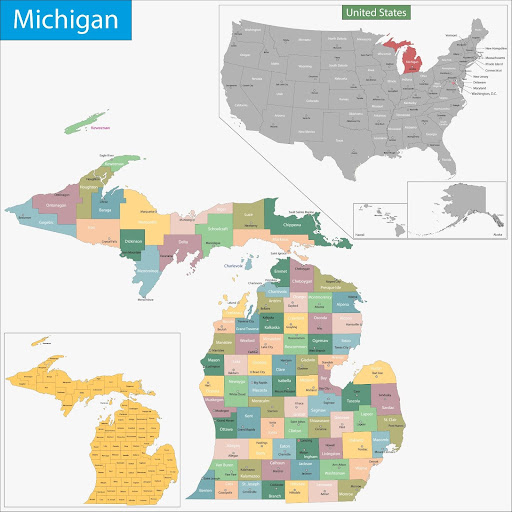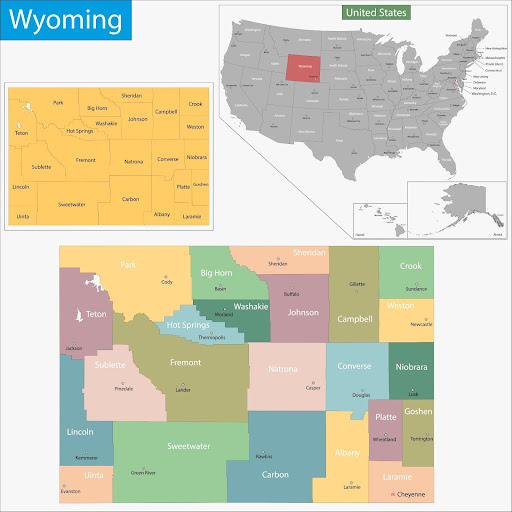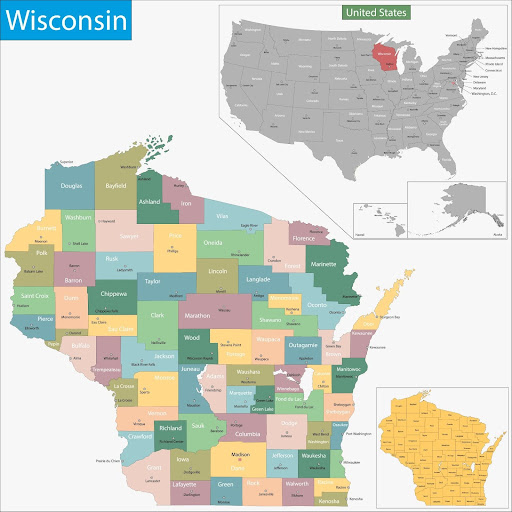Table of Contents
Michigan’s wildland fire risk is often underestimated, but if you’ve investigated fires in the state’s sandy jack pine stands or watched a crown fire race across the Upper Peninsula, you know better. With millions of acres of forestland, high recreational use, and unpredictable spring wind patterns, Michigan’s wildfire dynamics demand sharp investigative instincts and an intimate understanding of fuels and ignition trends.
This guide on wildland fire resources in Michigan is built for fire investigators navigating the state’s unique fire environment, where proximity to homes, seasonal tourism, and industrial activity collide with volatile fuel beds.
Explore further through our wildland firefighting resources page.
Live Incident Updates & Maps
Track active wildfires and daily risk ratings across Michigan using this tool:
State Overview
Michigan’s fire environment is shaped by its geography and forestry history. From the flammable jack pine barrens of the north to WUI pockets near urban centers, fires here are fast-moving and often human-caused.
- Northern Lower Peninsula (NLP): The state’s most fire-prone zone. Sandy soils, jack pine, and historic logging slash create perfect conditions for high-intensity fire.
- Upper Peninsula (UP): Vast forest tracts, remote access, and a legacy of past burns (including the infamous 2007 Sleeper Lake Fire). Lightning and equipment sparks are common ignition sources.
- Southern Michigan: More agricultural and suburban, but debris burns and WUI growth have made suppression and investigation increasingly complex.
Wildfire risk here is less about elevation and more about fuel continuity, spring winds, and poor burn practices.
Wildfire Season Timeline
Michigan’s primary fire season centers around spring, but fall also sees significant activity:
- Spring (April–Mid-June): This is the state’s peak window. Fuels are cured, humidity drops, and winds drive surface fire. Snowmelt leaves the upper layers dry while duff retains heat.
- Fall (Late September–November): Leaf fall, agricultural debris burning, and drought conditions often trigger a second spike in activity.
Burn bans are posted by the DNR and may shift rapidly. Investigators should check daily fire danger indices and burn permit restrictions.
Key State Agencies Involved
Local Wildland Firefighting Resources
Michigan relies heavily on local agencies. Most initial attacks come from township or county departments. These are mostly volunteer-based and may have limited equipment and wildland-specific training.
List of Local/State/Federal Fire Response Agencies
- Michigan DNR – Forest Fire Management: Handles statewide suppression, investigation, prescribed fire, and fuels mitigation. They are the primary investigative agency for wildland fire origin and cause.
- Township & County Fire Departments: Provide first-on-scene response, structure protection, and mop-up support. Often work in coordination with DNR on investigations.
- Michigan State Police (MSP) Fire Investigation Unit: Assists in determining the cause when arson or suspicious origin is suspected. Provides technical and forensic investigation resources.
- USFS: Manages fire suppression and investigation on federal lands within Michigan. Operates under NWCG standards with law enforcement officers trained in LEI protocols.
- Tribal Fire Agencies: Maintain their own suppression and fire prevention capabilities on tribal lands. Often collaborate with DNR and federal partners for training, response, and joint investigations.
Contact Numbers and Emergency Links
- Report a Wildfire: Dial 911
- DNR Fire Info Line: (517) 284-5900 | michigan.gov/dnr/fire
- Burn Permit Status: michigan.gov/burnpermit
- USFS Regional Dispatch – Eastern Area Coordination Center (EACC): gacc.nifc.gov/eacc
Training & Volunteering
If you’re interested in wildland fire management, Michigan offers various training programs and volunteer opportunities.
NWCG-Approved Academies and Centers
Volunteer and Seasonal Training Opportunities
Stay Informed on Michigan’s Wildland Fire Landscape
In Michigan, fire can move quickly across open pine flats or hide in peat layers for days. As an investigator, your challenge is twofold: navigate tough terrain and pinpoint ignition in fuel beds that rarely burn cleanly.
Stay sharp by:
- Subscribing to DNR's daily fire danger updates
- Reviewing red flag alerts and MABAS bulletins
- Networking with DNR fire officers and township fire chiefs
- Refreshing FI-210 or joining NFFPC interagency workshops
Michigan fires aren’t about scale. They’re about timing, weather, and terrain.
FAQs
How do I report a wildfire in Michigan?
Dial 911 immediately. Local dispatch will coordinate with DNR and fire departments.
Is a burn permit requird in Michigan?
Yes, for most outdoor burns. Use michigan.gov/burnpermit to check county restrictions.
Who investigates wildfires in Michigan?
The DNR leads origin-and-cause investigations on public and private wildlands. State Police assist in criminal or arson cases.
How can I become certified to fight wildland fires in Michigan?
Take S-130/190 and obtain red card certification through the DNR or NFFPC. Seasonal hiring opens each winter for spring deployment.










